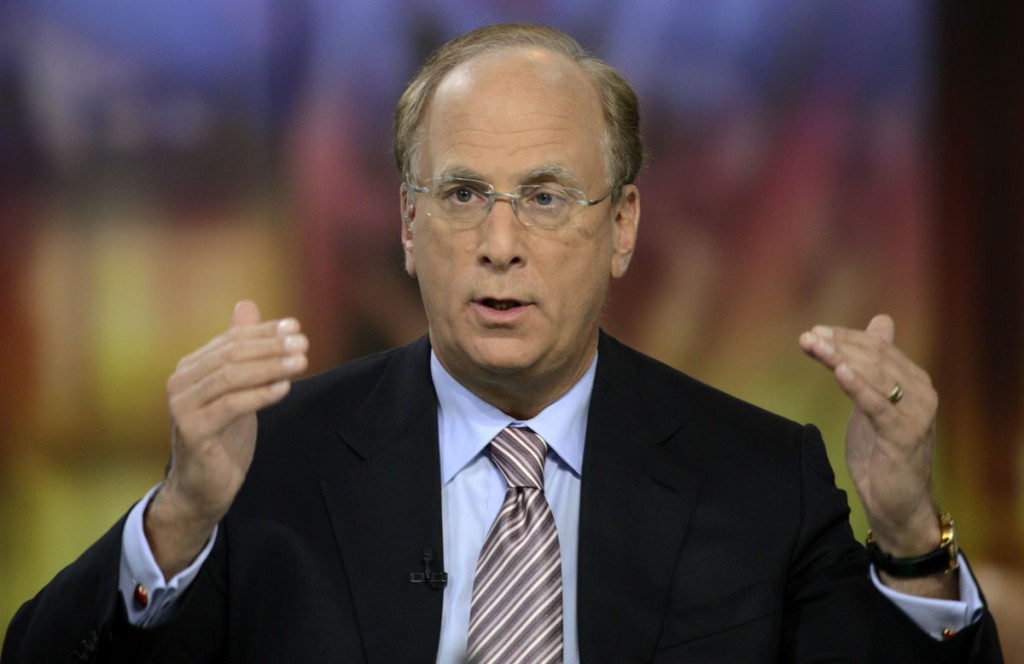Leveraged ETFs Are Dangerous But Won t Blow Up the Whole Industry
Post on: 24 Июнь, 2015 No Comment

Recent Posts:
Leveraged ETFs Theyre Awful. Just Not Apocalyptically Awful.
Leveraged exchange-traded funds those wonderful trading devices that try to deliver 2x and 3x returns, or inverse returns to investors have long been maligned by … well, anyone with half an ounce of common sense.
However, being the bringer of an industry apocalypse? That’s a new one.
A popular story making the rounds today concerns recent comments by BlackRock (BLK ) CEO Larry Fink about the danger of leveraged ETFs. Specifically, Fink whose BlackRock is the parent of the popular line of iShares ETFs said, “(Leveraged ETFs) have a structural problem that could blow up the whole industry one day.
Reality check time: Leveraged ETFs are bad, and you should absolutely be aware of that. But they’re not all-powerful demon spawn capable of taking down the ETF complex.
That’s an important distinction.
Leveraged ETFs Oh, the Humanity!
If you’re unfamiliar with leveraged ETFs, here’s what you should know they’re an instrument of greed, made by greedy people for greedy people.
The world might not be black-and-white, but this point is. Put the ego away.
A great example of the disturbing nature of leveraged ETFs came last month, when AdvisorShares filed to launch the Pacific Asset Enhanced Floating Rate ETF (ticker FLRT), which has a popular goal: “to provide a high level of current income.”
Hey, that’s great! We could all use a little income, right? So, how do we get there?
“Under normal circumstances, the Fund will generally invest at least 80% of its net assets (plus any borrowings for investment purposes) in floating rate loans and other floating rate debt securities or in debt securities, derivatives or other instruments that have economic characteristics similar to such securities (such as swap agreements, including, but not limited to, total return swaps, index swaps, and interest rate swaps).
To seek an increase in yield, the Fund expects to employ leverage to enhance potential return. The timing and terms of leverage will be determined by the Sub-Advisor’s ETF Investment Committee (the Committee ).”
Translation: FLRT is essentially an amped-up bet on risky junk loans.
That’s fine if you’re an aggressive trader. In fact, the defense for FLRT and other leveraged funds is that they’re designed for sophisticated traders who know exactly what they’re getting into and want to make aggressive, targeted bets.
I couldn’t agree more … in principle.
But what’s galling about this kind of product is that it has an obvious allure for a completely wrong-for-this-product audience.
The term “income” attracts the swath of would-be retirees who are desperate for yield, many of whom sadly don’t read everything they should or worse, are sold this kind of product by an unscrupulous money manager. That’s because while “income” has its own sterile dictionary definition that fits FLRT’s description, when it comes to investing broadly, most people put it hand-in-hand with stability and a steady cash stream.
Nothing about FLRT is designed to be steady: It’s meant to maximize returns via yield, but at the risk of suffering multiplied losses.
These things can work. To be fair, I called out UBS’ “double dividend” funds back at their inception in 2012, yet DVYL and SDYL are up some 75% and 90% since then.
But you can take an equally quick beating when youre wrong and leveraged, too.
Long story short: Leveraged ETFs can be a swift, painful blow to unknowing investors. But…
They’re Not Going to Kill ETFs

Frankly, I’m thrilled Larry Fink came out and said iShares would “never” push out leveraged ETFs. Good on him, and good on BlackRock for not gunning after these sketchy products.
But blow up the whole industry?
My mind immediately goes to every stock crash we’ve ever seen. They break investor confidence, send a few companies to the graveyard and destroy a lot of wealth … but they’ve yet to actually kill the stock market.
And right now, there’s just not enough scale to make Finks concerns reality.
For instance, the Daily Small Cap Bear 3X Shares (TZA ) just breaks ETFdb’s top 10 list of highest-volume ETFs. But that’s the most popular leveraged fund in the country, and its daily average volume of 22.8 million represents only 5% of the shares traded among the 10 highest-volume ETFs. And its assets under management are understandably tiny at $658 million vs. $156 billion for the SPDR S&P 500 ETF (SPY ).
Presumably, that’s because most people who use it understand that it’s not a long-term investment. It’s a trade. (Of course, it’s also a small-cap fund, not an “income” fund.)
And even if every individual investor in the country disposed of their brains, went all-in on leveraged ETFs, got burned, got out and swore off all ETFs forever, there’d still be enough institutional money in ETFs to keep the industry afloat. Yes, the smart money believes in good ol’ index-fund investing, too, not just stock picking. Ask Warren Buffett .
But that’s not going to happen anyway. Such a scenario presumes maximum investor stupidity and maximum cash being dedicated to stupid ideas.
I’m a pessimist, but I’m not that bearish on humanity.
Bottom Line
Leveraged ETFs are going to continue to do some bad things to some good but ultimately misguided people. They’re dangerous tools for even skilled investors who think they know a thing or two about where the market’s going. They’re going to build some wealth, and they’re going to destroy some wealth.
“Blow up” the ETF industry? Nah. Your SPY is fine.
Kyle Woodley is the Deputy Managing Editor of InvestorPlace.com . As of this writing, he did not hold a position in any of the aforementioned securities. Follow him on Twitter at @KyleWoodley .














